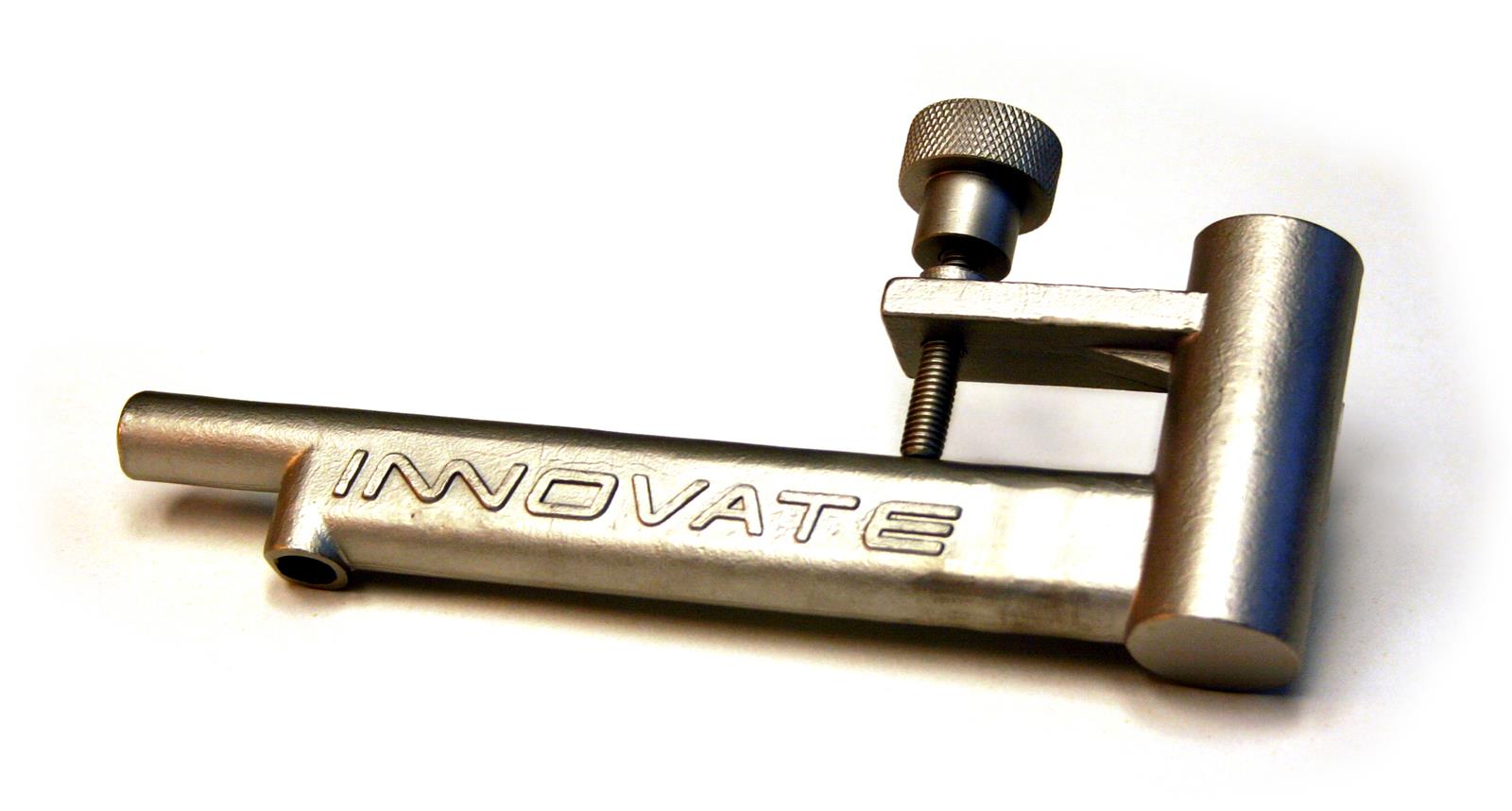Well I guess it was only a matter of time for it to happen to me, I was just hoping not this early into my ownership (less than a month)! The car is a '91 NA1, bone stock and in amazing condition. Single owner, have all the service records since 1994, just got it back with a clean bill of health from my trusted Acura dealership who has a dedicated tech for these cars.
The other night I was coming back home on the highway and got the dreaded check engine light. Pulled off to check fluid levels and everything looked good, no noticeable oil or coolant leaks. Let her rest for about 10-15 minutes and started her back up, no issue so I babied her home staying under 3k rpm.
Used the service connector I checked for the blink codes, 4-4 "Rear Fuel Supply" issue. Thinking back, it makes sense since the light came on while I was trying to accelerate on the highway. So perhaps my fuel pump/filter are starting to go, causing issues delivering fuel. I'm already on track to have them replaced in the coming weeks, not too concerned there.
This morning is the first time I started her up since, with the back glass open to get a better view/listen. The engine sounds more "chattery" to me and sitting inside feels slightly rough compared to what I remember. Granted I don't have much time with the car yet to know its usual behaviors, and maybe it's in my head now... and this is a cold start compared to running warm. It might also be the ECU is in some kind of safe mode still, as it smells a bit more rich than I remember. I know O2 sensors are something which go bad on these cars, and the owner did replace one of the rear ones some years back.
Perhaps I am a bit of a worry-wart, but my biggest fear is the engine blowing up because of me doing something dumb (or neglect). The "clacky" sound of the engine idle makes me think valves or injectors, and in my head I'm damaging the poor thing the more I run it (even just idle) which may not even be the case.
I already have an appointment next Monday with my service center for the PCV valve + hose, fuel filter, spark plugs, and MT fluid. Is the car in a state where it's safe to drive it ~15 miles to there, or should I just have it towed?
Should I reset the ECU via the clock fuse and see if it relearns fuel trims or leave it be? I want to get to the bottom of the issue for my own sanity but I also don't want to do anything I shouldn't so I appreciate all and any advice!
The other night I was coming back home on the highway and got the dreaded check engine light. Pulled off to check fluid levels and everything looked good, no noticeable oil or coolant leaks. Let her rest for about 10-15 minutes and started her back up, no issue so I babied her home staying under 3k rpm.
Used the service connector I checked for the blink codes, 4-4 "Rear Fuel Supply" issue. Thinking back, it makes sense since the light came on while I was trying to accelerate on the highway. So perhaps my fuel pump/filter are starting to go, causing issues delivering fuel. I'm already on track to have them replaced in the coming weeks, not too concerned there.
This morning is the first time I started her up since, with the back glass open to get a better view/listen. The engine sounds more "chattery" to me and sitting inside feels slightly rough compared to what I remember. Granted I don't have much time with the car yet to know its usual behaviors, and maybe it's in my head now... and this is a cold start compared to running warm. It might also be the ECU is in some kind of safe mode still, as it smells a bit more rich than I remember. I know O2 sensors are something which go bad on these cars, and the owner did replace one of the rear ones some years back.
Perhaps I am a bit of a worry-wart, but my biggest fear is the engine blowing up because of me doing something dumb (or neglect). The "clacky" sound of the engine idle makes me think valves or injectors, and in my head I'm damaging the poor thing the more I run it (even just idle) which may not even be the case.
I already have an appointment next Monday with my service center for the PCV valve + hose, fuel filter, spark plugs, and MT fluid. Is the car in a state where it's safe to drive it ~15 miles to there, or should I just have it towed?
Should I reset the ECU via the clock fuse and see if it relearns fuel trims or leave it be? I want to get to the bottom of the issue for my own sanity but I also don't want to do anything I shouldn't so I appreciate all and any advice!








